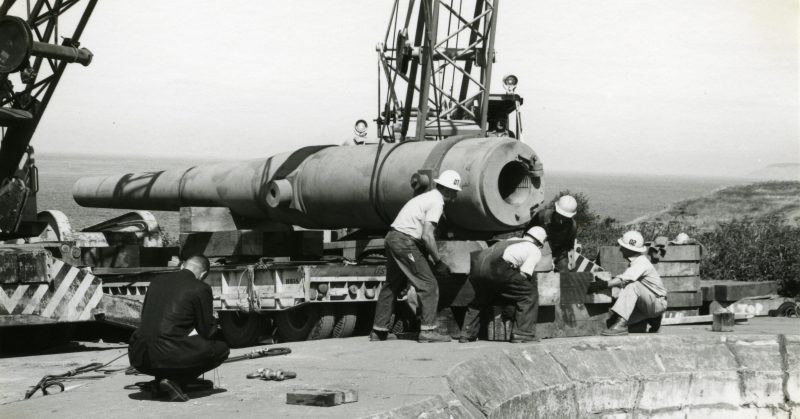The Washington State Parks and Recreation Commission and Fort Casey Historical State Park invite the public to attend the 50th anniversary celebration of the Big Guns at Fort Casey.
The event will take place at 1:30 p.m. Saturday, Aug. 11, at Fort Casey Historical State Park, 1280 Engle Road, Coupeville.
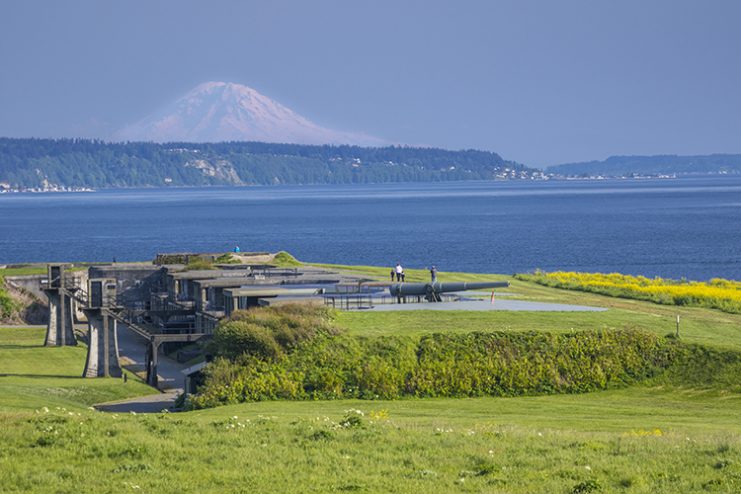
The event will include displays and activities, park tours and a keynote address by Rep. Norma Smith, R-Clinton. Visitors also may tour the Admiralty Head Lighthouse and enjoy a picnic or hike at the park on event day.
The event is free, though a Discover Pass is required for vehicle access to the park.
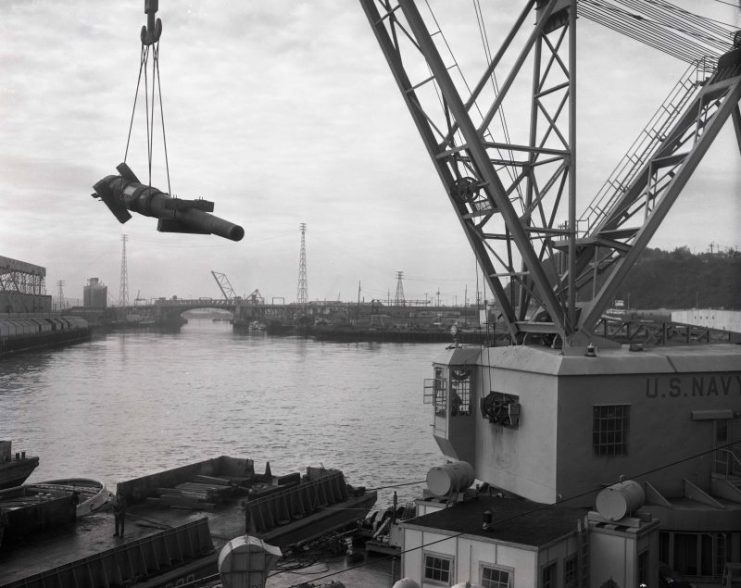
The guns at Fort Casey have historical significance in that they are the only 10-inch disappearing guns in the United States and two of four left in the world. Disappearing guns, a technological marvel of the late 19th Century, were designed to recoil behind their concrete emplacements after firing. The guns at Fort Casey weigh 125 tons apiece.
Fort Casey is one of three late 19th century military forts that made up the so-called “Triangle of Fire” to defend Puget Sound.
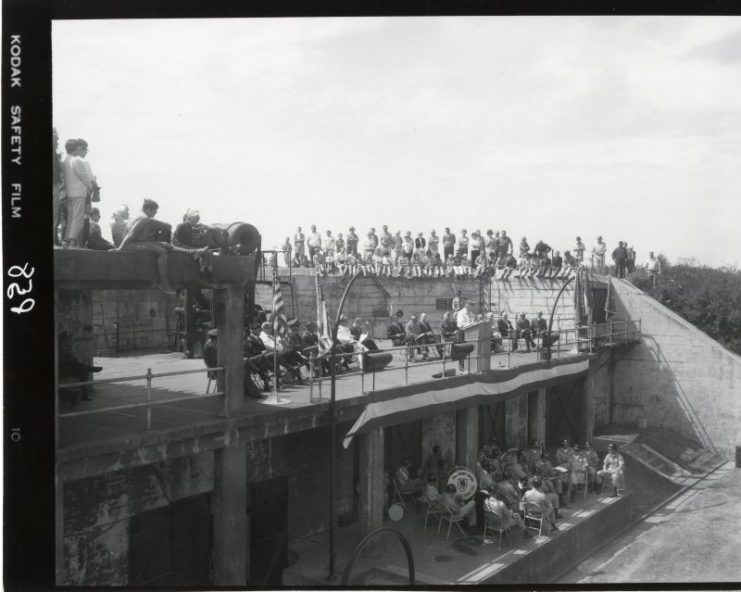
The program this summer will follow a similar format to that of the original dedication ceremony, which took place on Aug. 11, 1968.
The event will include the presentation of colors, music by the Army National Guard Band, a panel discussion with experts who helped to bring the guns to Fort Casey and demonstrations of the communications tools involved in using the guns. Light refreshments will be provided, and visitors can tour the guns on their own after the event.
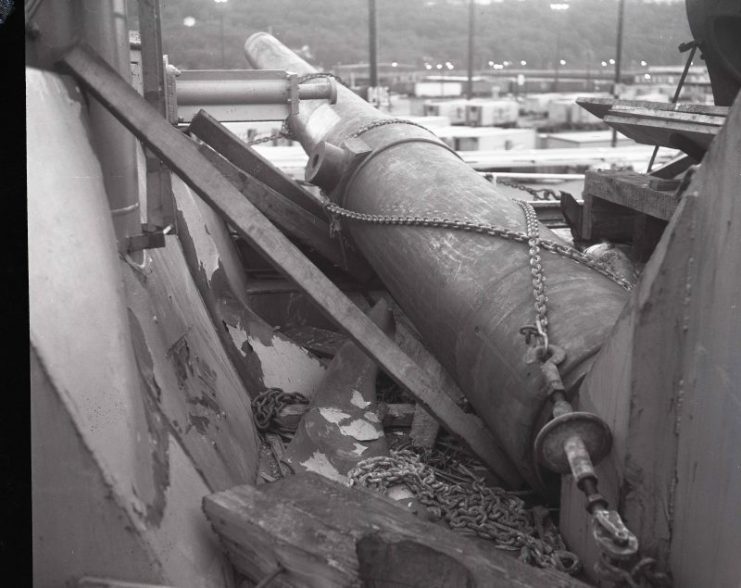
The guns were made in the 1890s. They replaced two guns of the same model and vintage, which were used at Fort Casey from 1902 to 1942. The original Fort Casey guns and carriages were scrapped for metal during World War II.
In the late 1950s, after the fort had become a state park, efforts were made to acquire two of the last 10-inch disappearing guns, from Fort Wint on Subic Bay in the Philippine Islands.
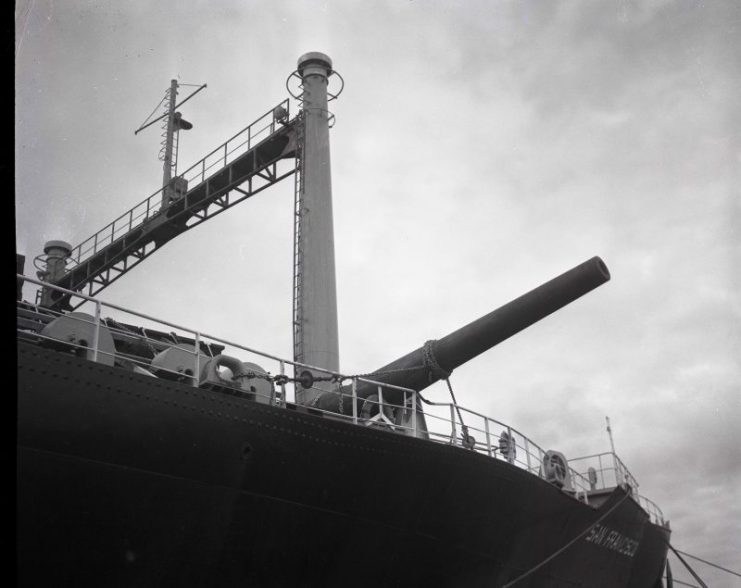
The acquisition took a decade to complete and was fraught with financial, political and logistical complications. Ultimately, the Washington State Legislature voted to finance the transfer, which proved perilous when the guns were tossed about the ship San Francisco during a freak storm at sea.
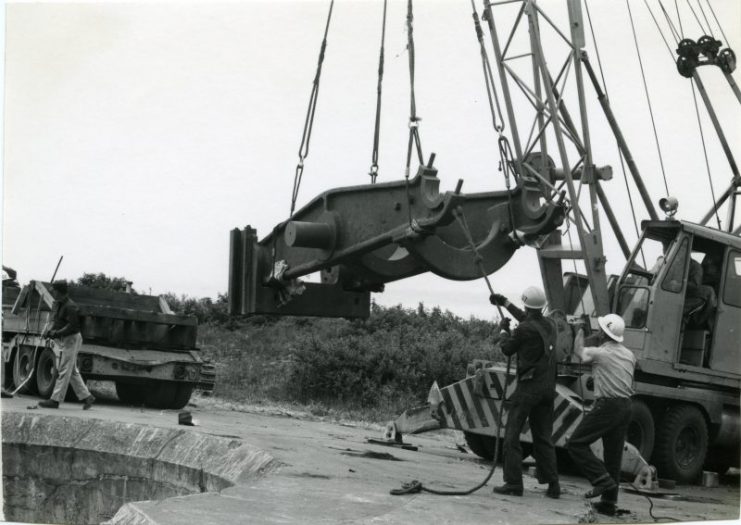
The 1968 ceremony included Gov. Dan Evans, Sen. Henry “Scoop” Jackson, the Coupeville Lions’ Club and military officials and industry captains. During his speech at that dedication, Sen. Jackson called the acquisition, “a story of perseverance.”
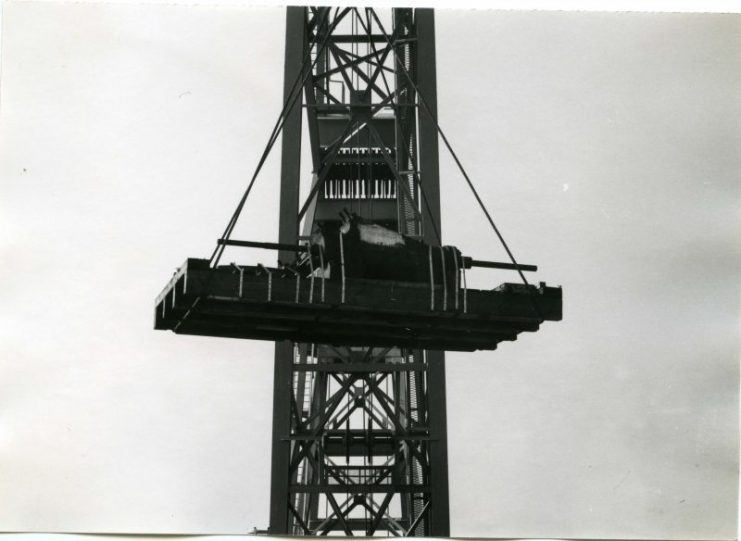
About Fort Casey Historical State Park
Fort Casey Historical State Park is a 998-acre camping park on Admiralty Inlet, Whidbey Island. The fort was built in the late 1800s and served as a military training facility through World War II. Soldiers were stationed there from 1899 to 1945. Fort Casey’s big guns were considered the height of technology up to the 1920s, when improvements in warships and the rise of the airplane rendered them obsolete.
The fort sits at the northern entrance to Puget Sound and is home to Admiralty Head Lighthouse, a striking 1903 Italianate Revival building that was discontinued in 1922. Fort Casey became a state park in 1955.
